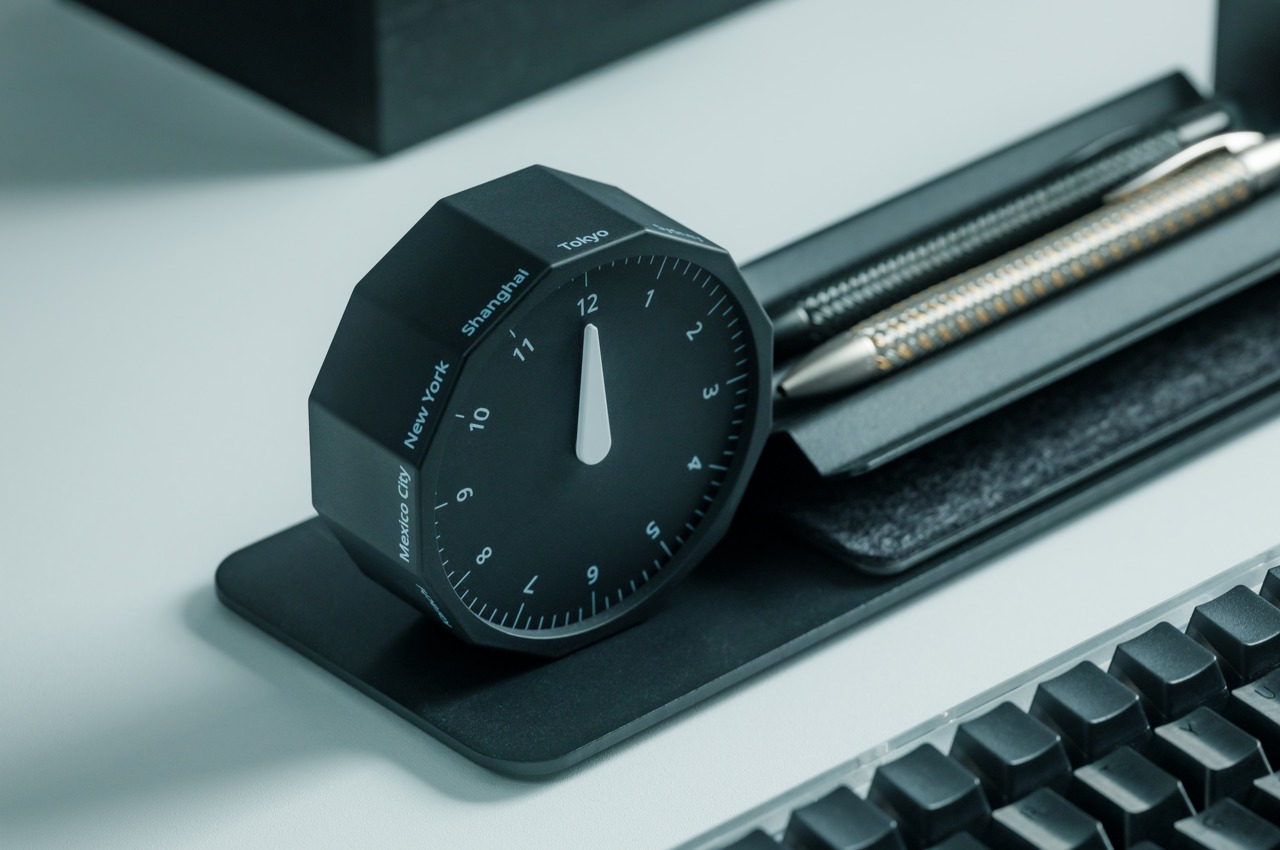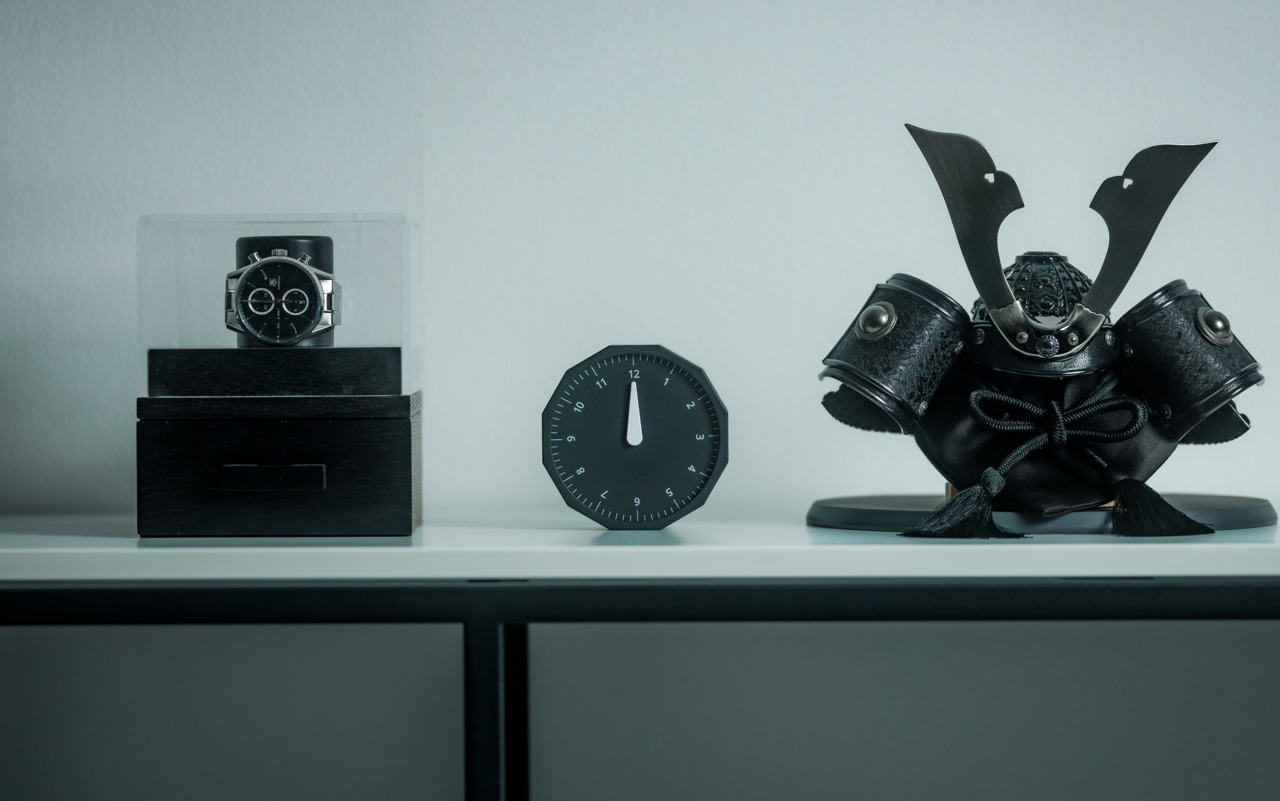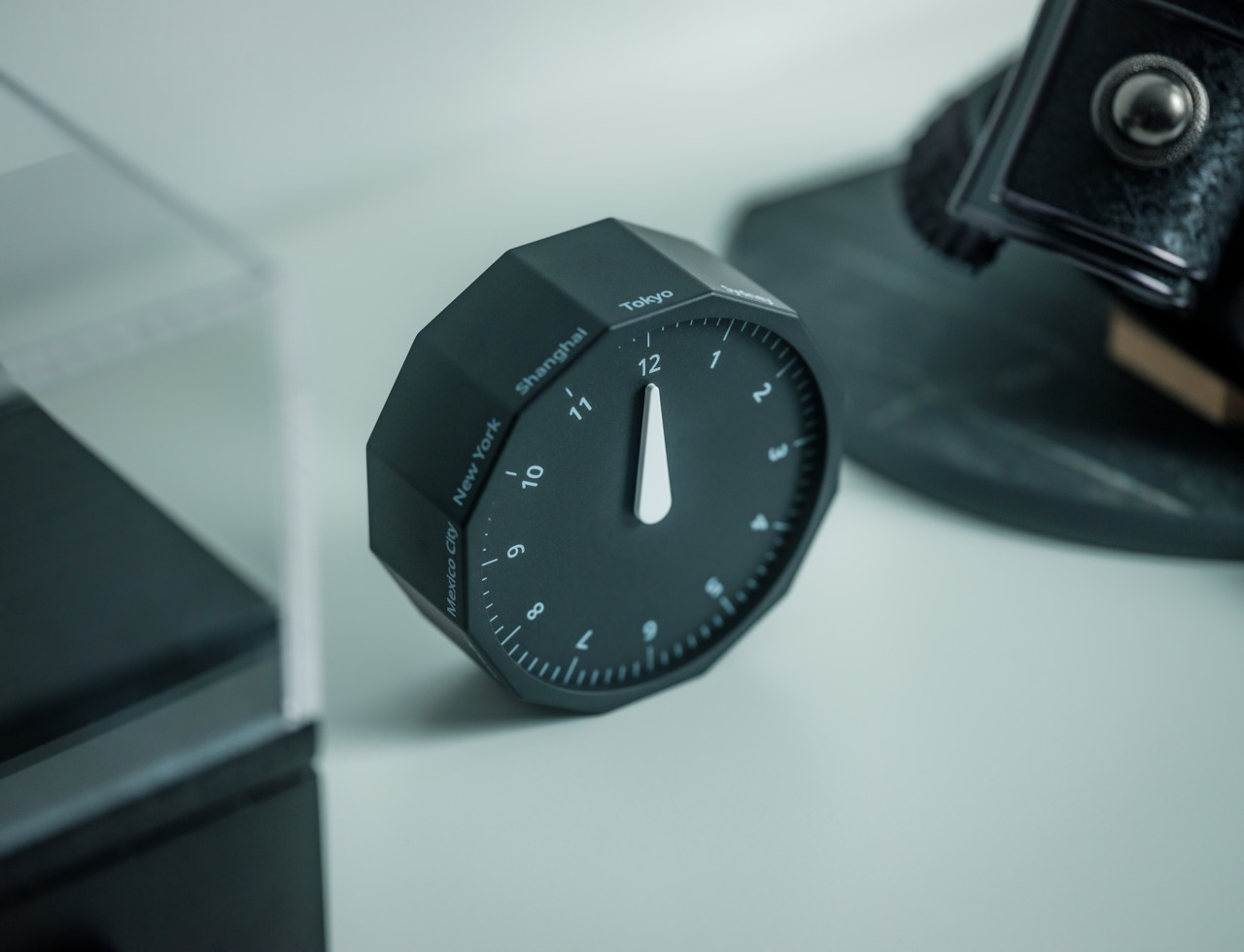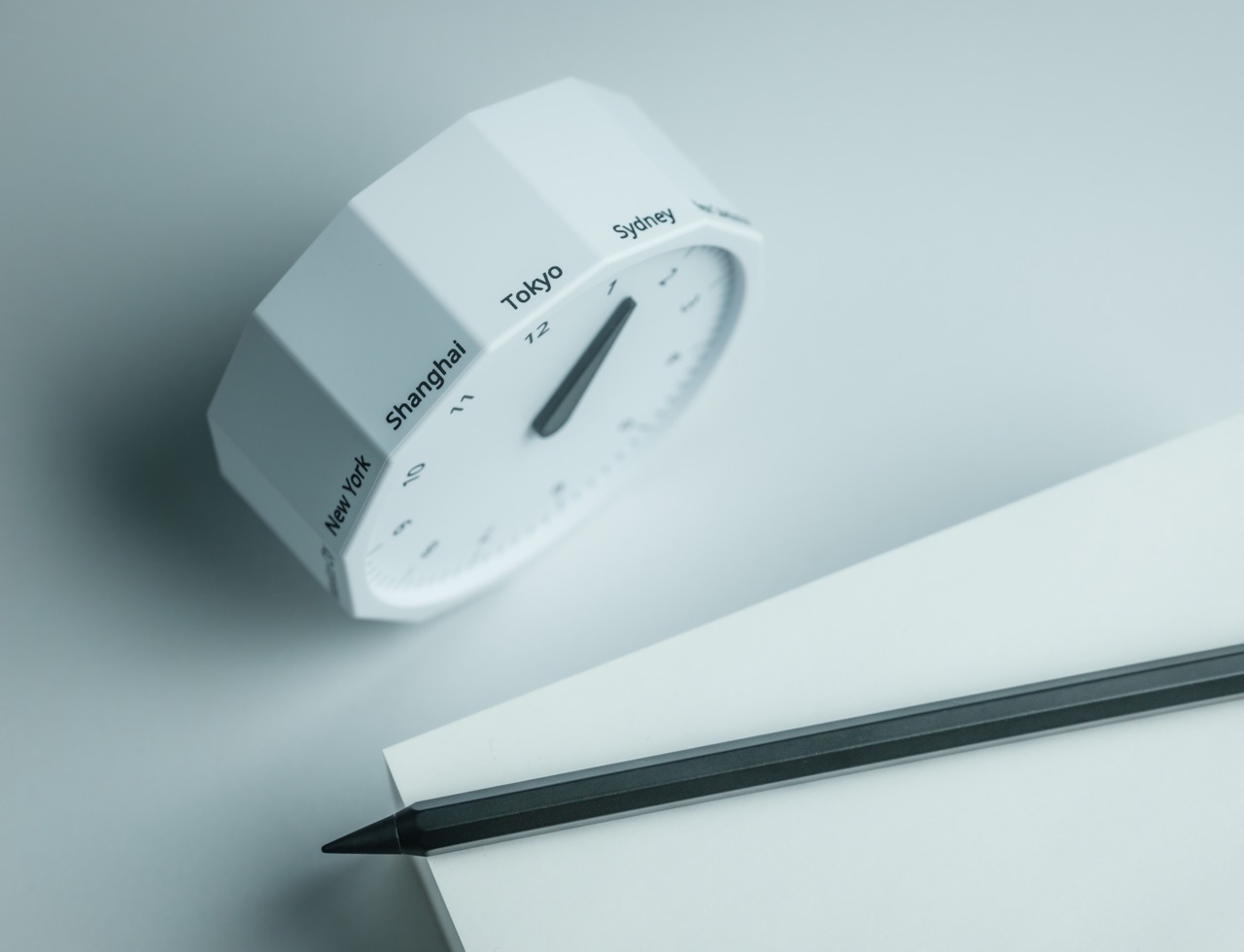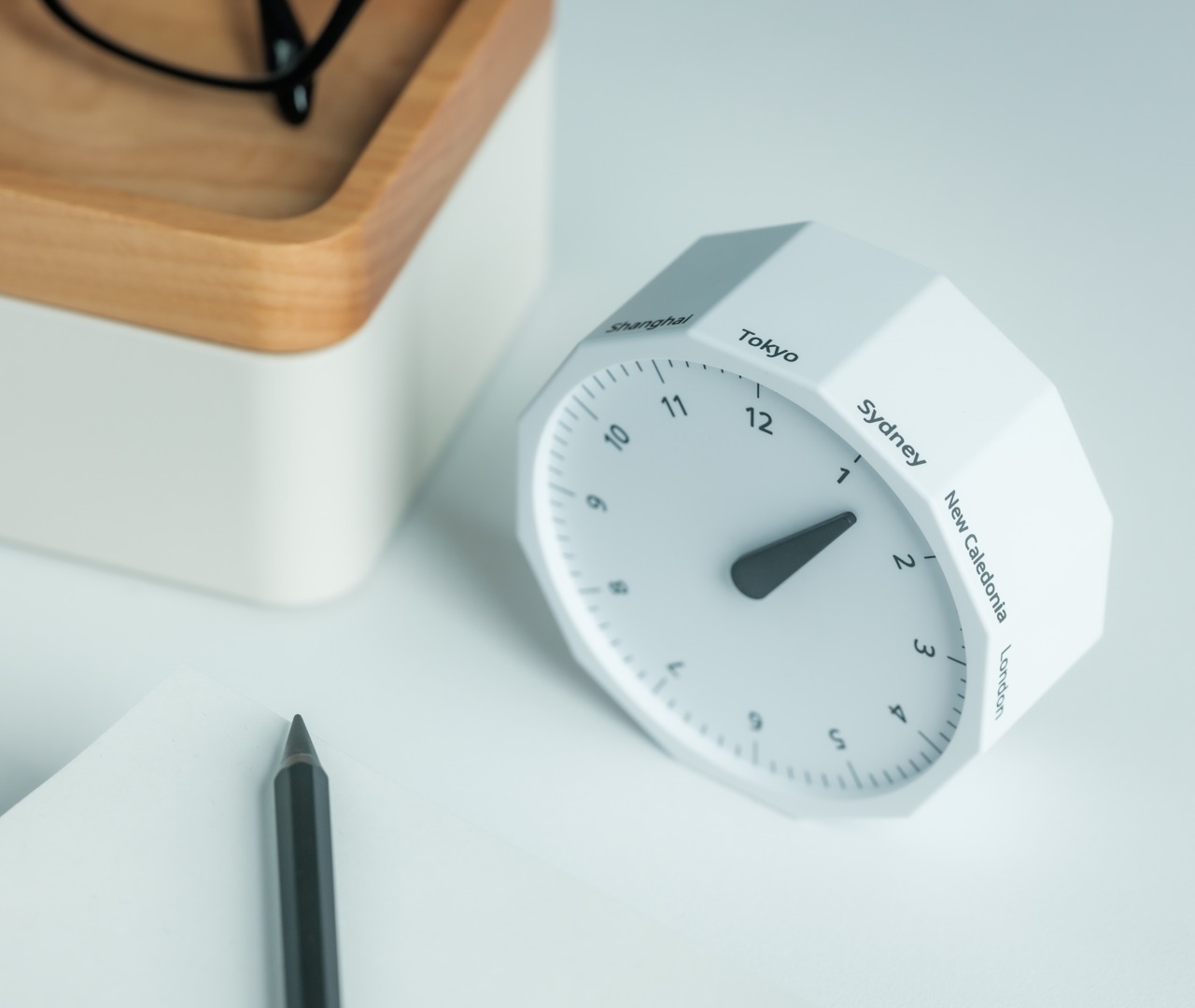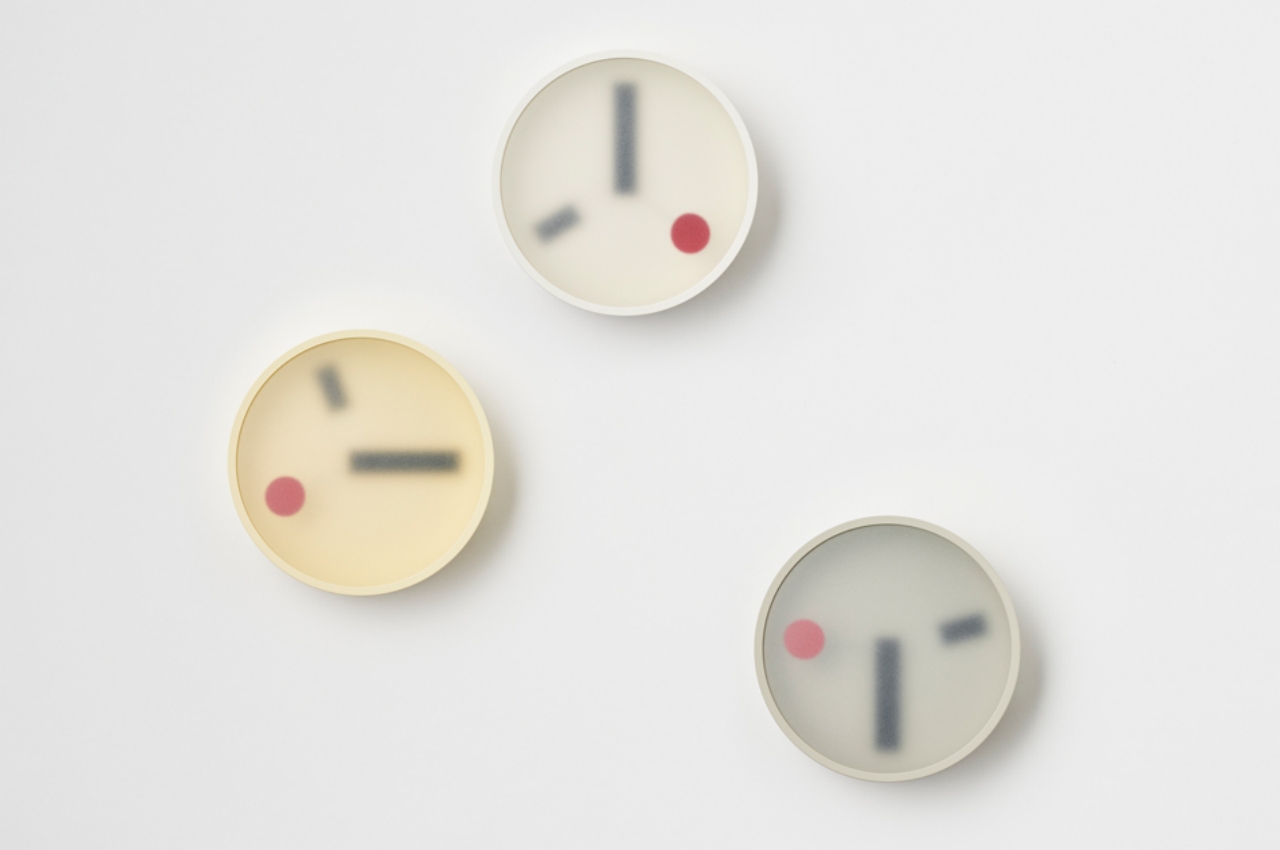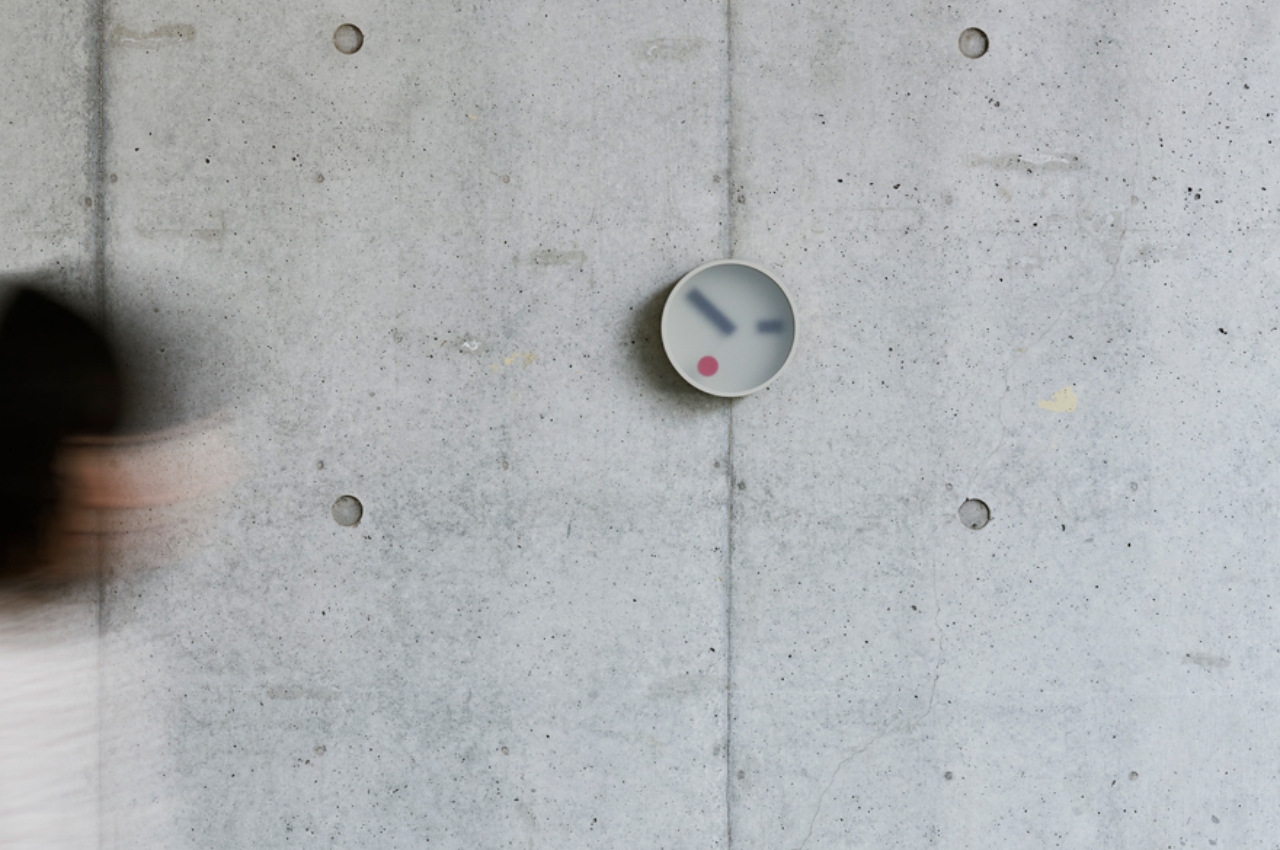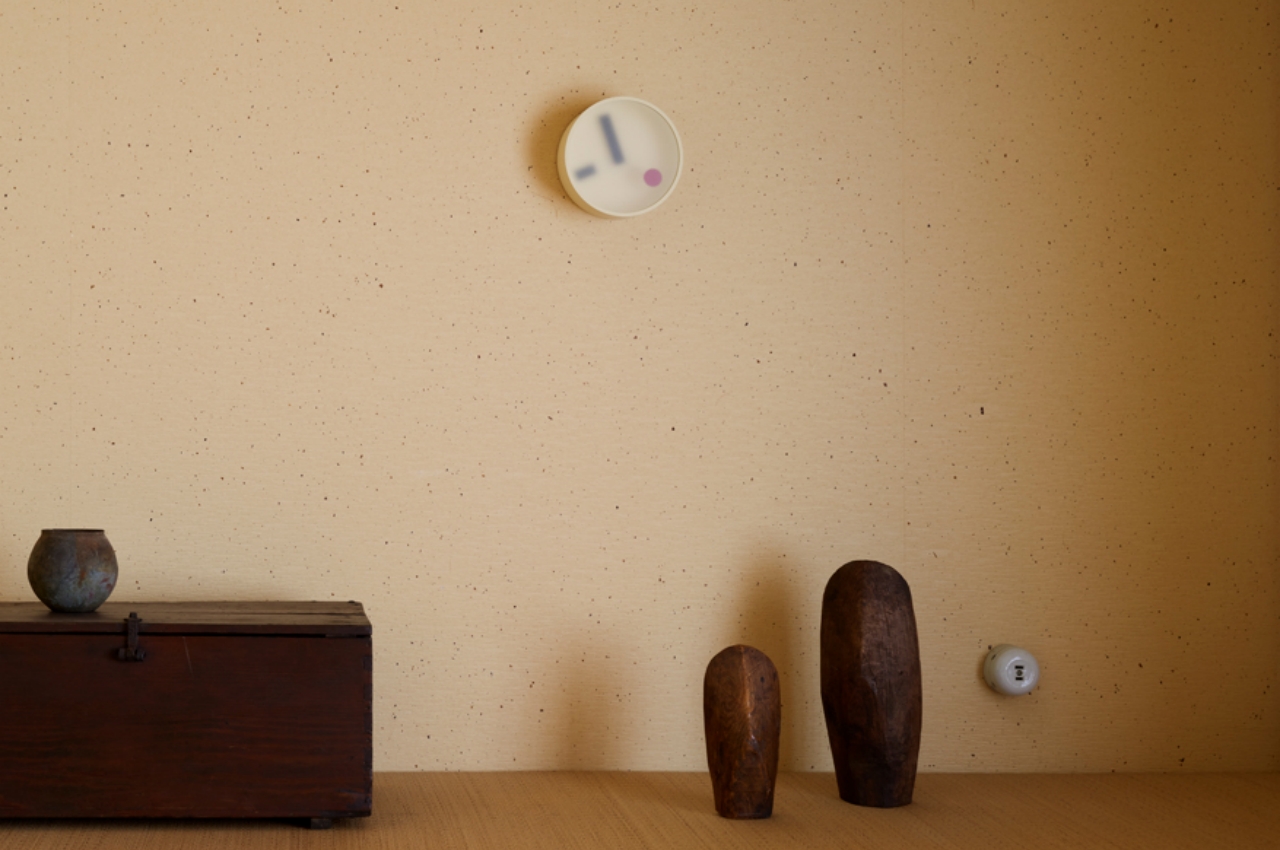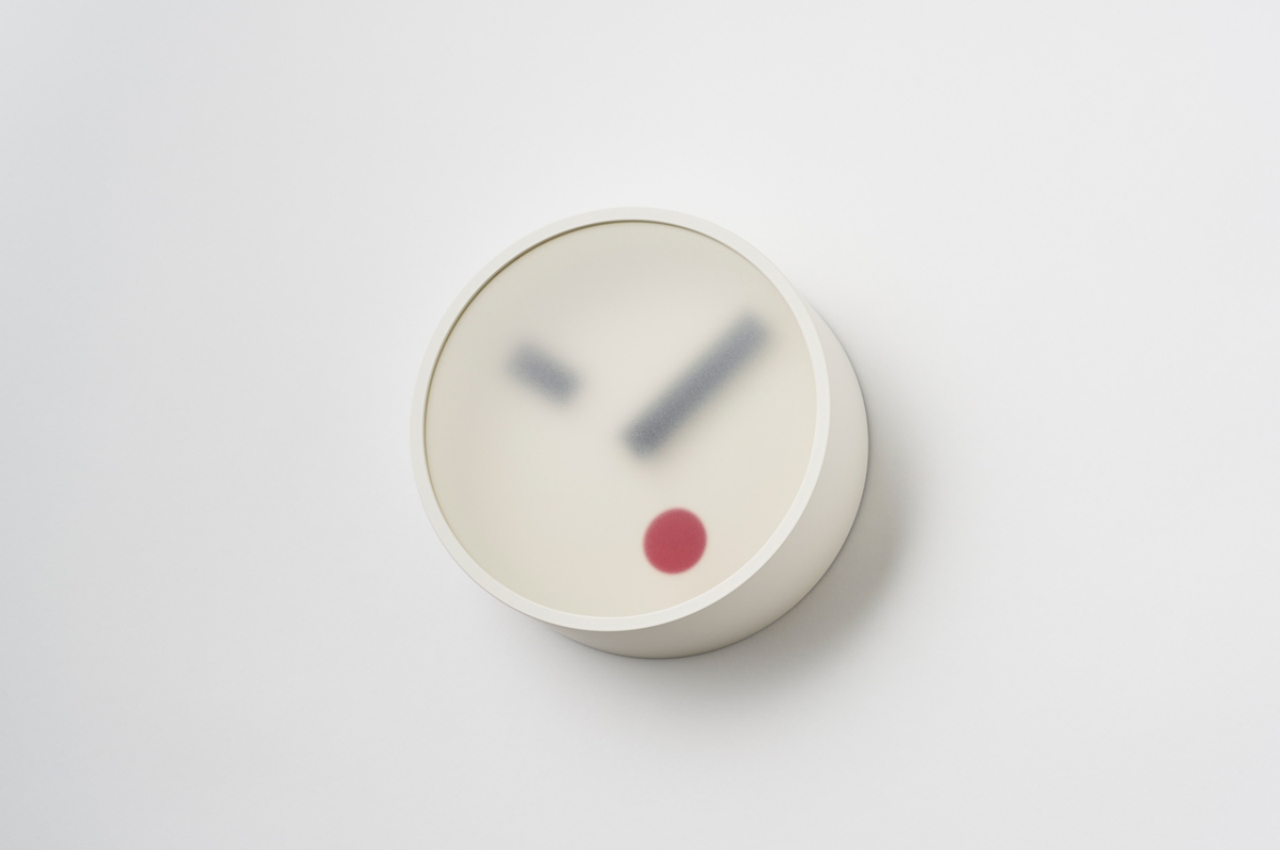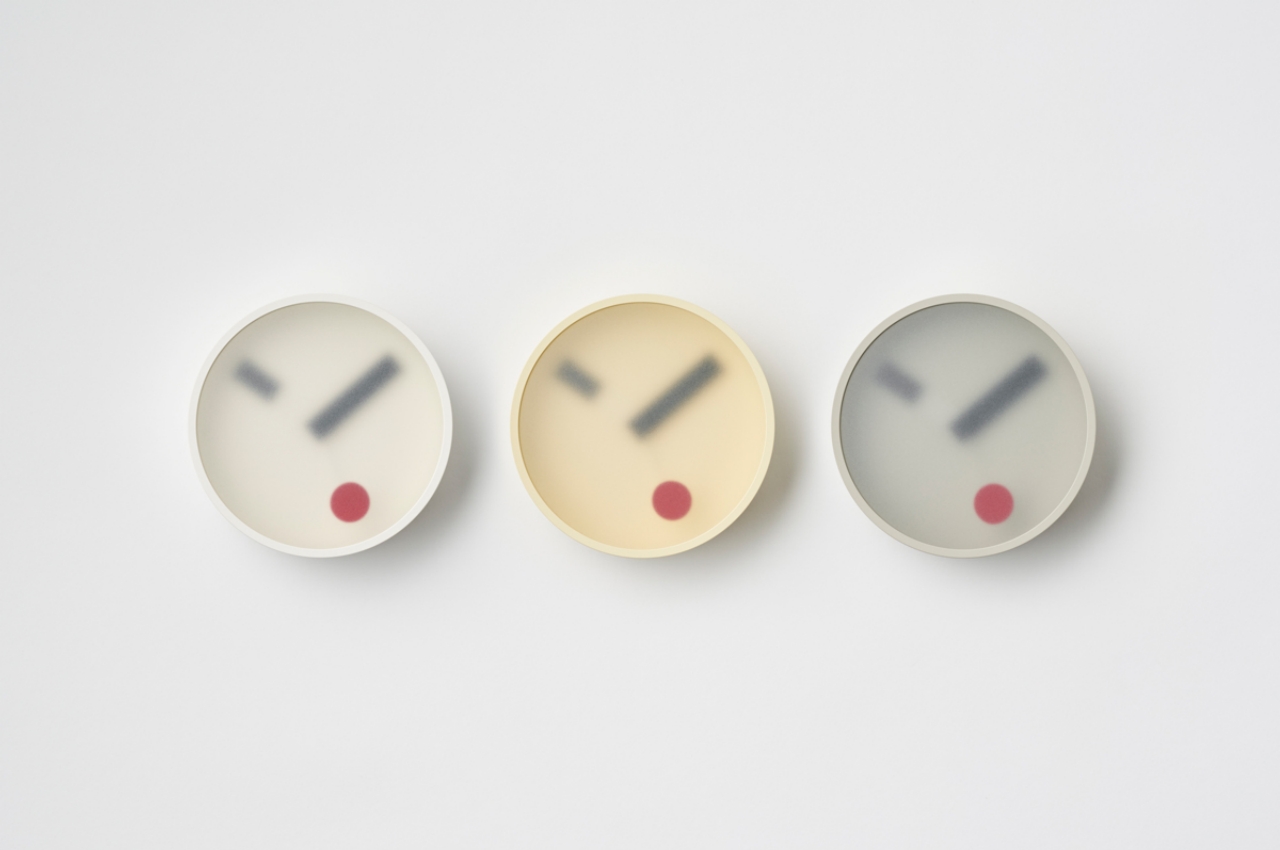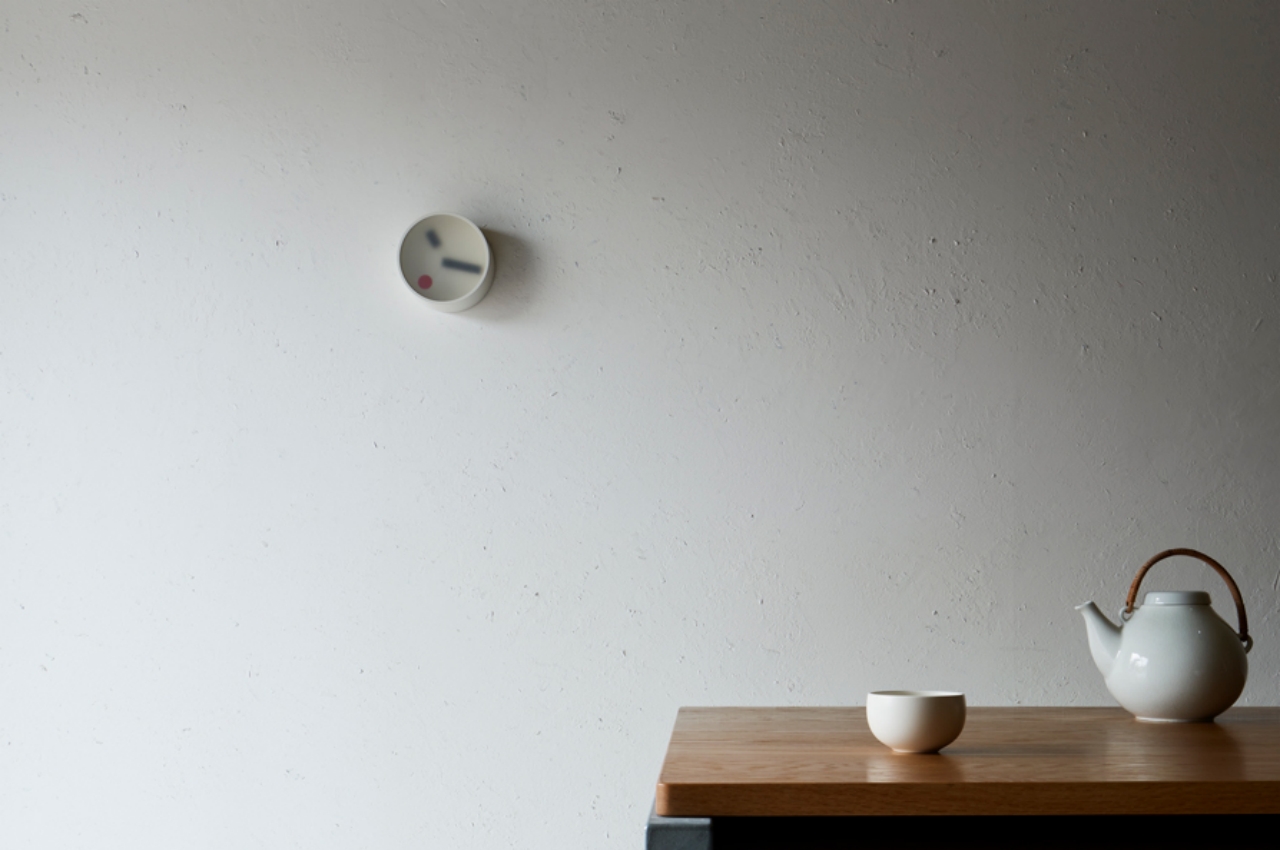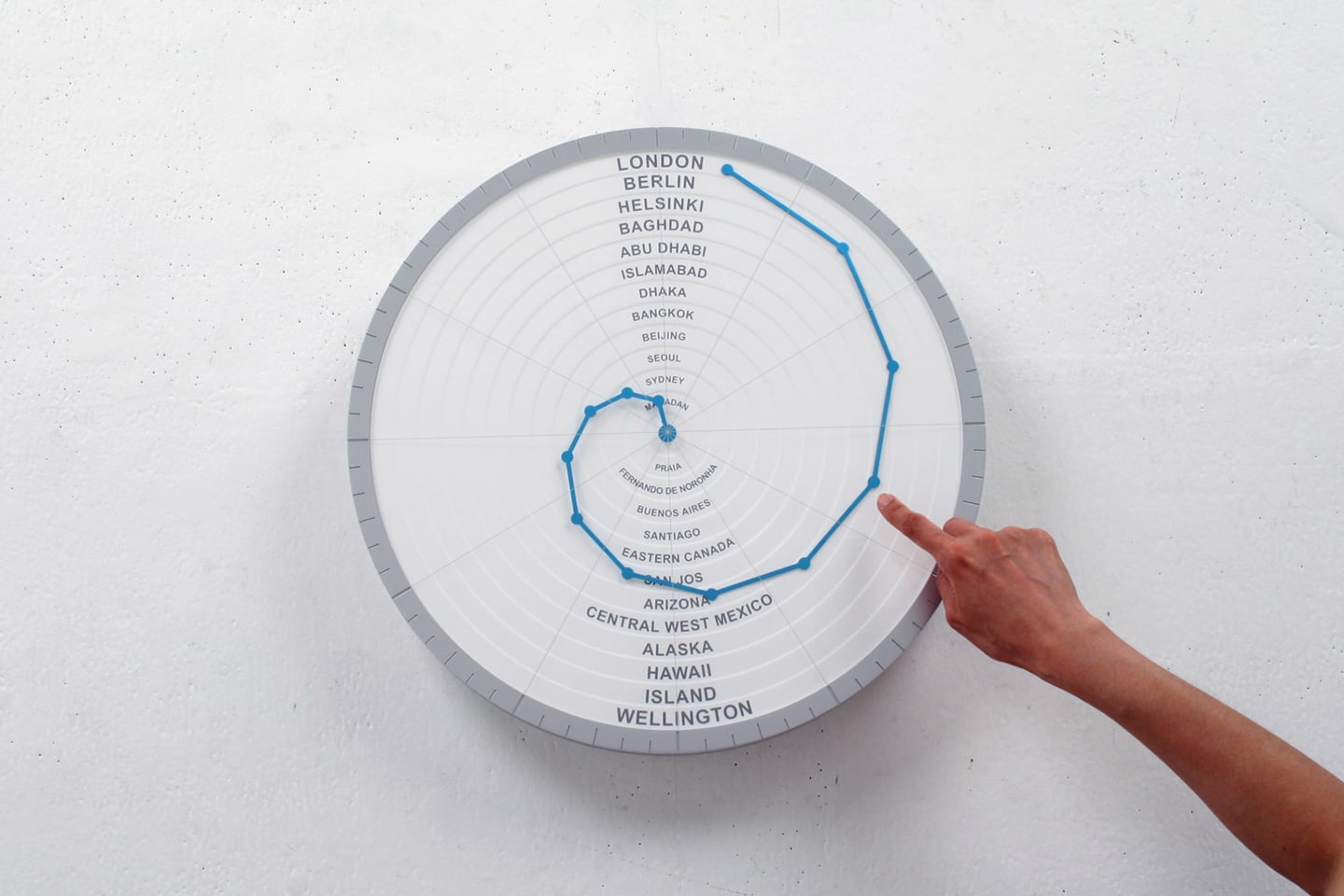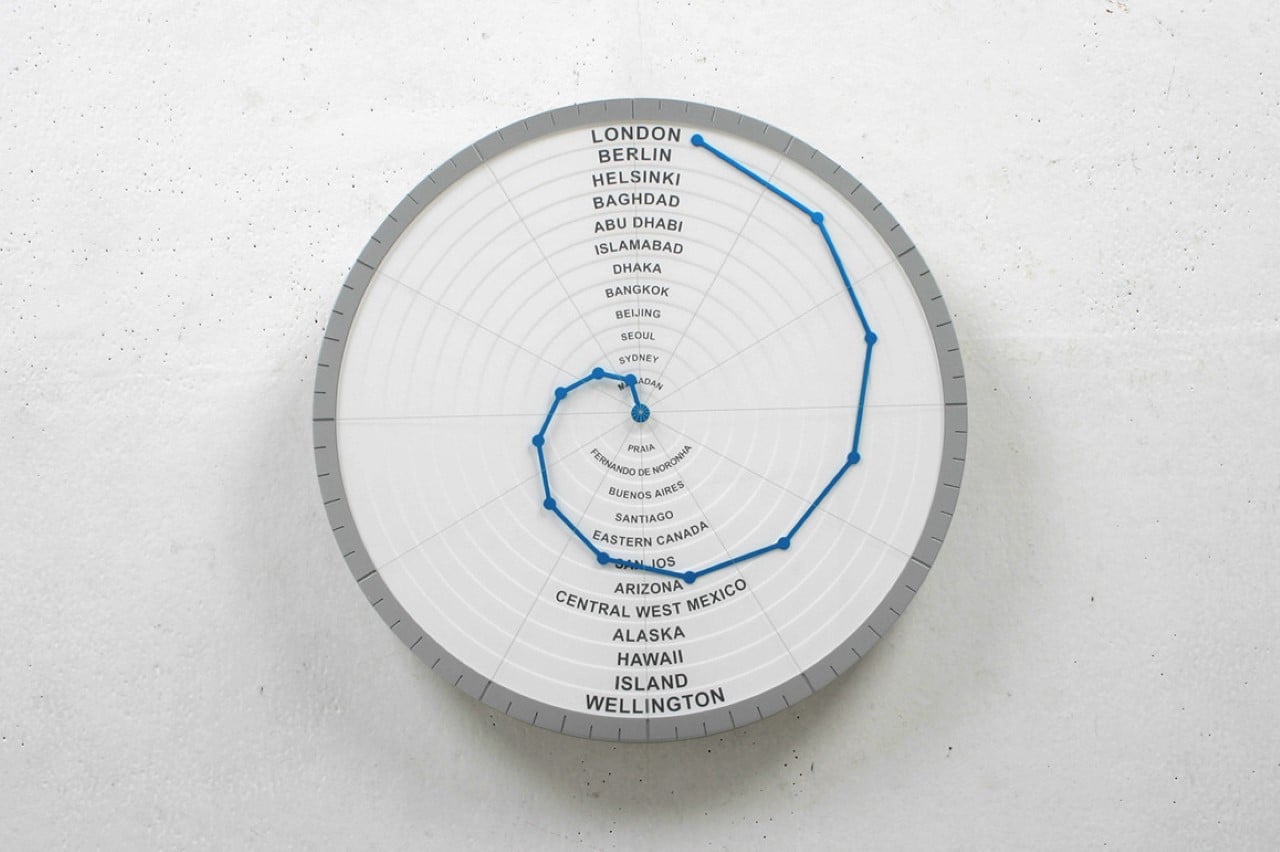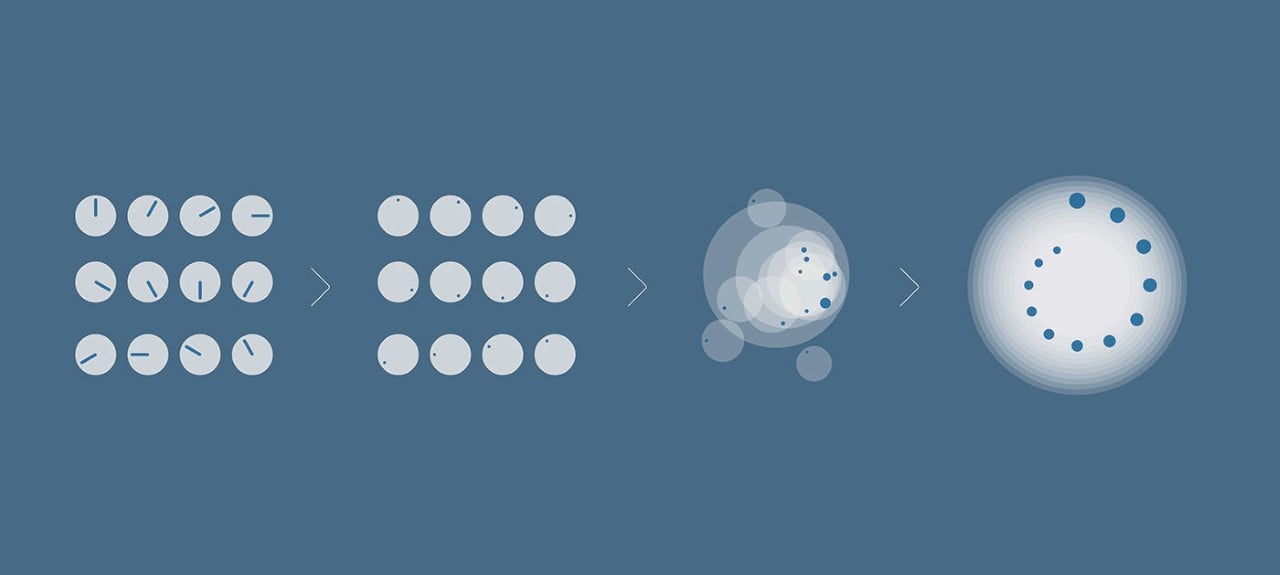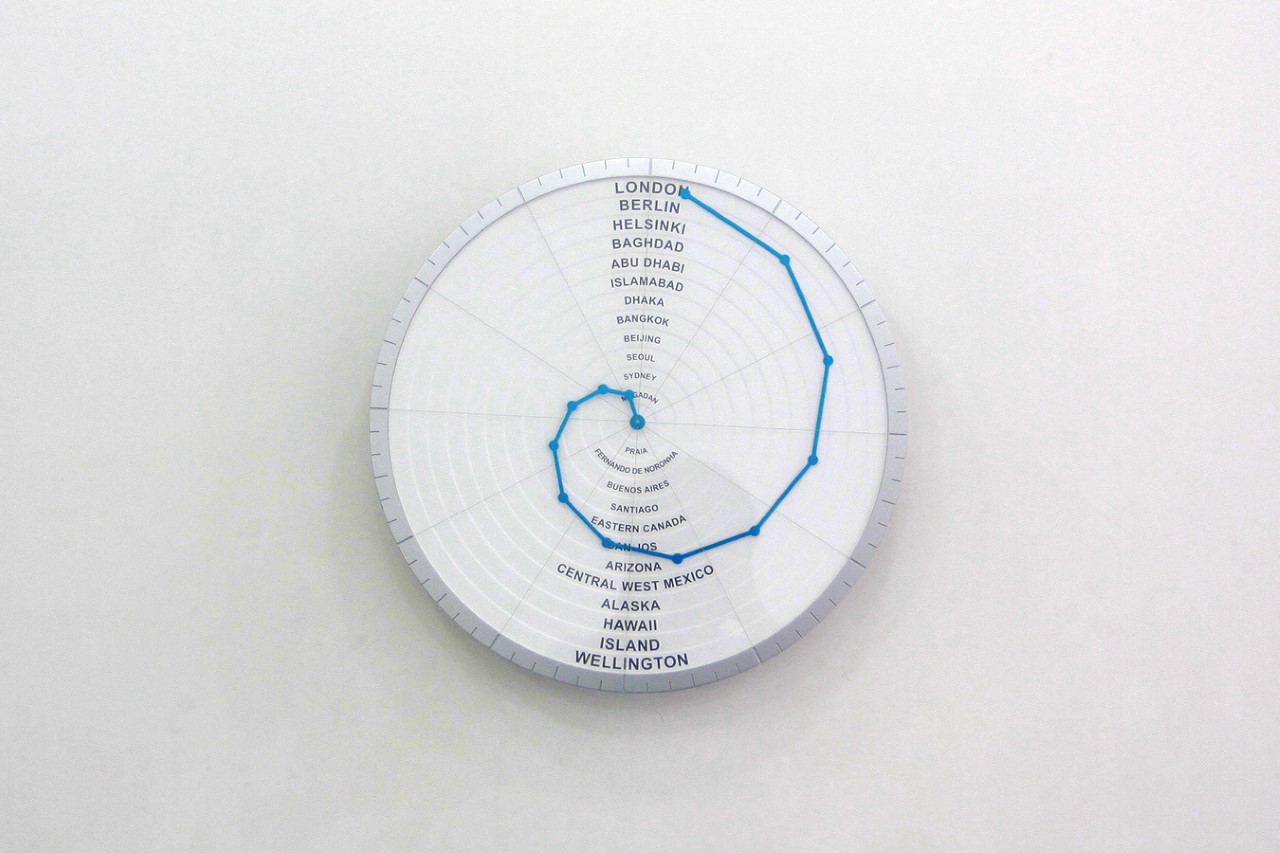We live in a world that gets a little bit smaller each day as advancements in transportation and communication connect us with anyone anywhere anytime. It isn’t unusual anymore to have family members living half a world from each other, or friends scattered across different countries. Unfortunately, that also means having to keep tabs on different timezones, lest you land in the awkward and embarrassing situation of calling someone at the wrong time. World clock apps have become a necessity for such people, but the information that they offer comes with complexity and inconvenience, especially when you have to dig through a handful of screens just to get the time you needed. You can have one clock for each timezone you’re interested in, but that can get messy really quickly. This minimalist one-handed analog clock, in contrast, offers a solution that is simple yet so clever that checking the time in other countries feels almost like a game instead of a chore.
Designer: Masafumi Ishikawa
Click Here to Buy Now: $44 $49 (10% off at checkout). Hurry, deal ends in 48 hours!
Even at first glance, you can already tell that the World Clock is not your typical desk or shelf clock. Never mind its unusual but not unheard of dodecagonal shape, the clock only has one hand on its minimalist face. The design is intentional, of course, because it gives you just the right information you need when you want to know what time it is in another part of the world. With a quick look, you’ll be able to immediately tell the hour, and a closer inspection could even tell you which quarter of the hour it is.
Of course, this isn’t an ordinary clock that just tells your time, as its name plainly indicates. Without complicated screens or complex mechanisms, the World Clock can easily clue you in on another timezone with a single and simple action. Simply roll the clock on its side until the city of the timezone you want is pointing straight up (a.k.a. the 12 o’clock position) and watch the single hand stay in place, “converting” the current time to the correct timezone. Actually, you don’t have to literally roll the clock on a surface for it to work. The internal bearings ensure that the hand remains in the right position, no matter which side is pointing up. It’s a simple yet ingenious way of converting time without actually doing the math for it.
Each of the 12 sides of the clock has markings for a city that represents a particular timezone, starting with London at UTC+0. Admittedly, you’ll have to remember places with their respective time zones, but putting a name to that time zone is a lot more familiar than memorizing numbers. Unfortunately, if the place you’re interested in falls outside of these 12, you might find yourself still doing some mental math in the end.
The World Clock’s simplicity applies to both its function as well as its design. It uses a simple movement mechanism no different from wall clocks, except for the addition of that bearing that keeps the hand in place when rotating the clock. The clock also has a certain charm familiar to lovers of minimalist designs, allowing it to blend in with its surroundings in a subtle yet pleasant way. More importantly, the manual method of turning the clock to check different timezones gives it a more intentional and personal aspect, creating a stronger connection between the act of checking the time and thinking about the loved one living in that timezone.
Click Here to Buy Now: $44 $49 (10% off at checkout). Hurry, deal ends in 48 hours!
The post Meet the minimalist world clock that lets you check the time around the world by rolling it first appeared on Yanko Design.
